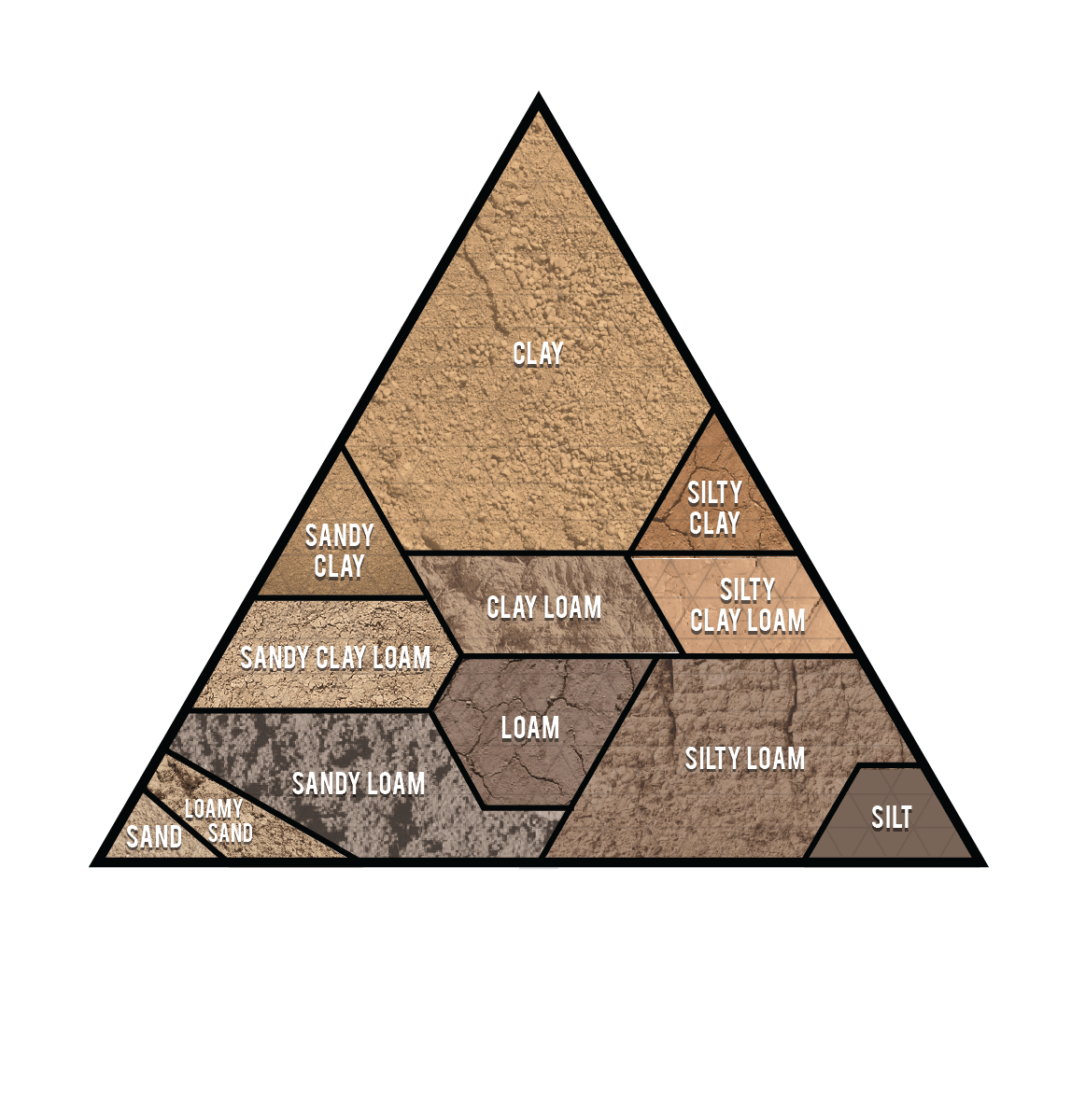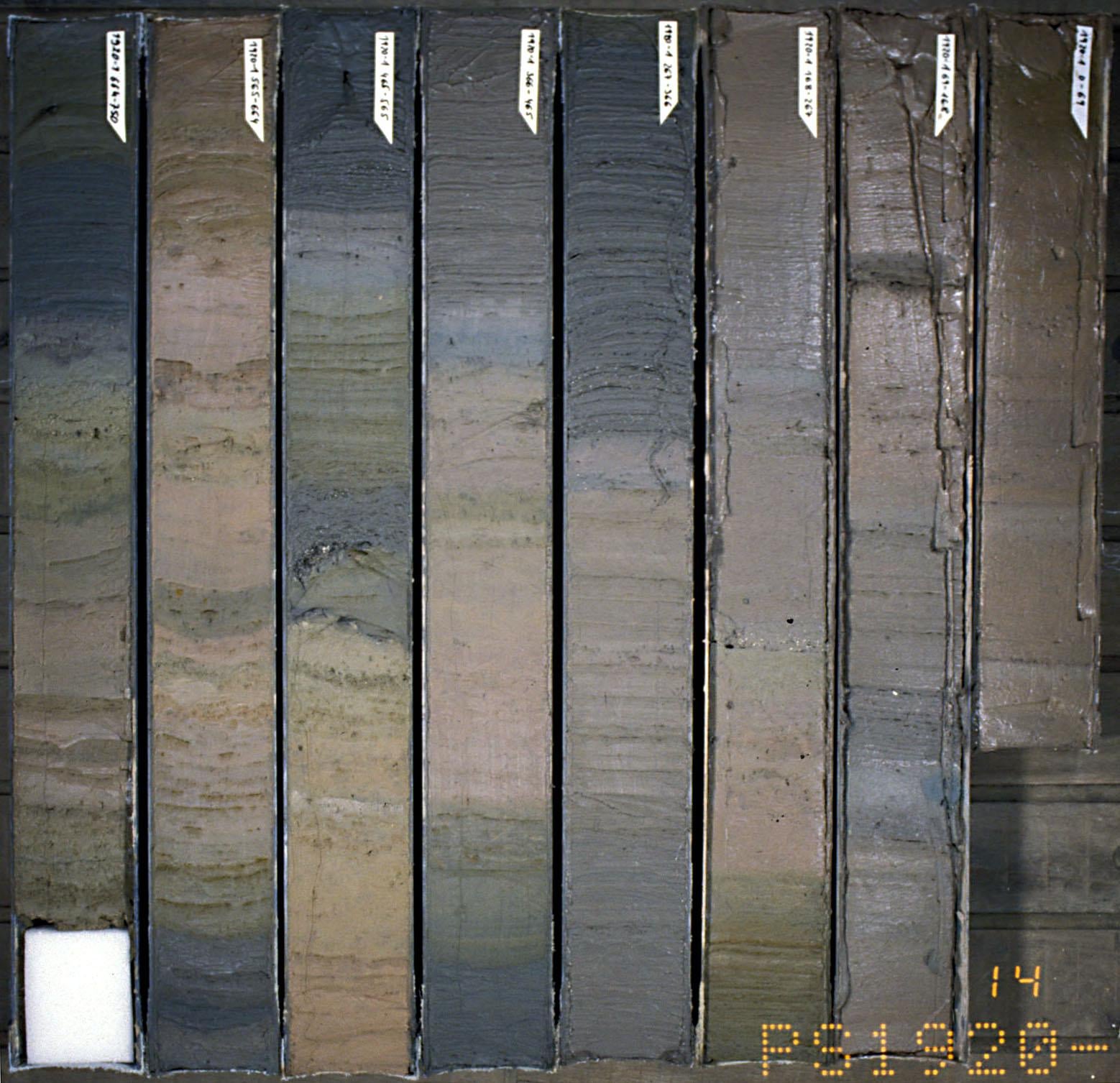Phrase checks out. Good'n textured, now.
I assume it means just manhandling the earth, but I don't touch grass. Wanna know what the non-manual approach is though...
Y'all got fancy little dirt feeler gadgets you carry around?
A science based community to discuss and learn all things related to soils.

This is a work in progress, please don't mind the mess.
Subdisciplines of soil science include:
These subdisciplines are used by various other disciplines, particularly those related to reclamation, remediation, and agriculture.

Find us on Reddit
Phrase checks out. Good'n textured, now.
I assume it means just manhandling the earth, but I don't touch grass. Wanna know what the non-manual approach is though...
Y'all got fancy little dirt feeler gadgets you carry around?
No, just fingers. You can do it using instruments, but they are slow and expensive.
If you want 'accurate' texture, you have to take the soil, put it in a cup of water, blend it up with a milkshake machine, and then measure it with a hydrometer over 24 hrs. If you're lucky, you'll get with in 15% of the actual value for that particular sample. The thing is, though, soils vary drastically even over short distances (or depths).
This is why I drink.
I don't "soil" what does this mean?
Hand texturing is rolling and molding a bit of soil between your fingers to determine texture, which is a proxy of particle size distribution (e.g. sand, silt, clay percentage). Texture lets you know soil drainage and such.
You texture each horizon to get an understanding of the profile (whole vertical slice of soil, comprised of several layers).
Since the soil slowly dries out your hands, they get pretty rough by the end of a day (or 12, 14, or 21, in my case)